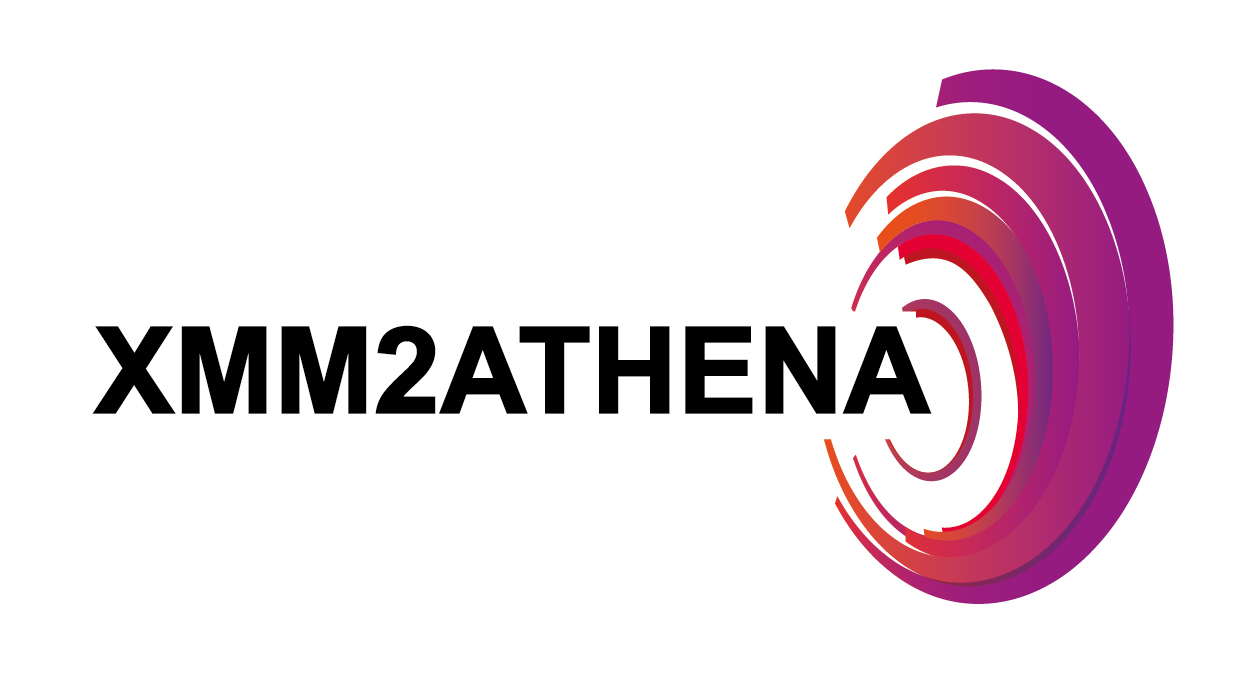Observing the sky in X-rays allows us to detect the hottest and most energetic phenomena in the Universe. X-rays allow us to detect matter being accreted onto black holes and they allow us to identify stellar flares from active stars, supernova explosions, neutron stars, white dwarfs, galaxy clusters and even aurora on planets or comets. XMMNewton, a European Space Agency X-ray observatory has been observing the X-ray, ultra-violet and optical sky for 20 years. However, over this time, astronomy has evolved. We are now rarely looking at individual sources, but populations. We no longer content ourselves to a single wavelength, we are moving towards a multi-wavelength and multi-messenger era where gravitational waves, neutrinos and cosmic rays also help us understand the X-ray sources we observe. We are also moving into an era of time domain astronomy. This means operating our observatories differently. New software and methods need to be put into place to accompany this emerging astronomy, which can then be used by the next generation X-ray observatory, Athena.
This proposal brings together members of the XMM-Newton Science ground segment, key members of the Athena Science ground segment, and other members of the X-ray community with complimentary skills to develop and test new methods and software to allow the community to follow the X-ray transient sky in quasi-real time, identify multiwavelength/messenger counterparts of the sources detected with XMM-Newton and determine their nature using advanced machine learning methods and probe the faintest sources, hitherto undetected, using innovative stacking and detection algorithms. These methods will then be integrated into the Athena software, currently at the beginning of the developmental phase and the newly detected/identified sources will enhance our preparation of the X-ray sky that will be observed with Athena.

